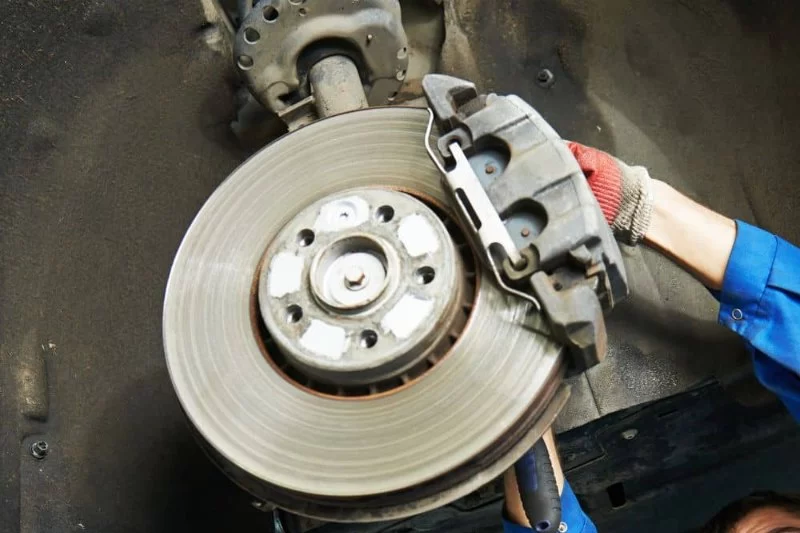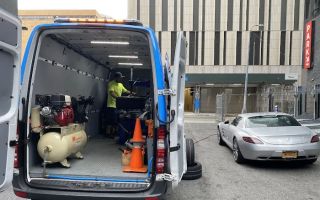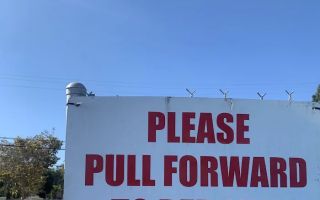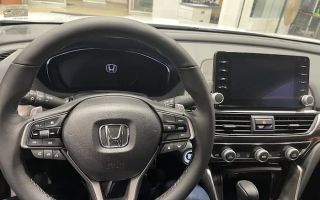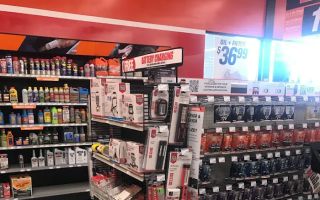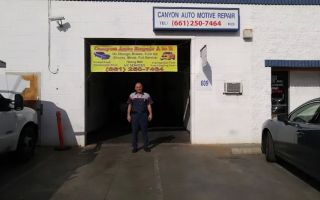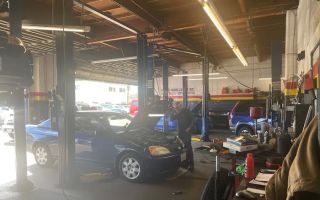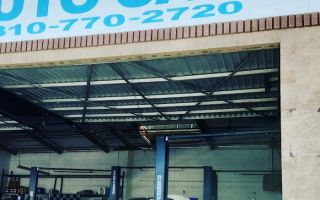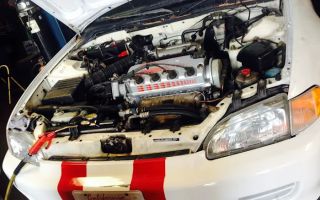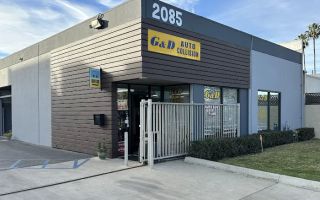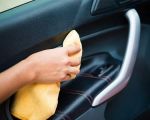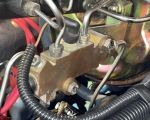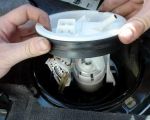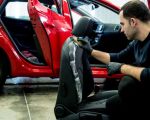- 1 - #why-check-rotors - Why Checking Your Brake Rotors Is Essential
- 2 - #understanding-rotors - Understanding the Function of Brake Rotors
- 3 - #signs-of-wear - Common Signs That Your Brake Rotors Need Attention
- 4 - #inspection-process - How to Properly Inspect Your Brake Rotors
- 5 - #real-story - Real-Life Example: Ignoring Brake Rotors Gone Wrong
- 6 - #maintenance-tips - Professional Maintenance Tips from Rescue & Towing
Why Checking Your Brake Rotors Is Essential
The heart of your car’s braking system
When it comes to vehicle safety, few components are as vital as your brake rotors. These metal discs work with your brake pads to slow your vehicle, converting kinetic energy into heat. Over time, however, the friction and heat take their toll. If your rotors are warped, glazed, or unevenly worn, it can dramatically affect your stopping power — putting both you and others on the road at risk.

Pick Your Part - Help Yourself
1232 Blinn Ave, Wilmington, CA 90744, USA
Preventing costly repairs and accidents
Regular rotor checks can save you from major expenses down the road. A neglected rotor issue can damage brake pads, calipers, and even wheel bearings. In severe cases, it may cause dangerous vibrations or increased stopping distance. Staying proactive with inspections ensures you catch minor wear before it becomes a safety hazard.

Pick Your Part - Greer
13054 E Wade Hampton Blvd, Greer, SC 29651, USA
Understanding the Function of Brake Rotors
How rotors work
Every time you press the brake pedal, hydraulic pressure pushes your brake pads against the rotor surface. This friction generates the stopping force necessary to slow the wheels. Over time, this constant contact creates gradual wear, which, if ignored, leads to performance degradation.
Different types of brake rotors
Not all rotors are the same. Solid rotors are common in smaller vehicles and daily drivers, while vented or drilled rotors help dissipate heat in high-performance cars or trucks. Understanding your car’s specific rotor type is crucial when checking for damage or planning a replacement.
Common Signs That Your Brake Rotors Need Attention
1. Vibrations when braking
If your steering wheel or brake pedal shakes when you brake, it’s often a sign of warped rotors. Uneven surfaces cause inconsistent friction, leading to that telltale vibration.
2. Squealing or grinding noises
Unusual sounds while braking typically mean your pads are worn down, but they can also indicate rotor damage. Once metal contacts metal, both components deteriorate quickly, reducing overall braking efficiency.
3. Increased stopping distance
If your car takes longer than usual to stop, your rotors may be glazed or uneven. This often happens after excessive heat buildup or long-term neglect.
4. Visible grooves or discoloration
Inspecting your rotors visually can reveal early warning signs. Deep grooves, blue spots, or rust indicate excessive wear or overheating, signaling that replacement or resurfacing is necessary.
How to Properly Inspect Your Brake Rotors
Visual inspection
Start by looking at your rotors through the wheel spokes. A smooth, shiny surface is normal, but any deep grooves, rust patches, or uneven wear deserve attention. Use a flashlight to spot any discoloration that may indicate overheating.
Physical inspection
For a more detailed check, remove the wheel and feel the rotor’s surface. It should be smooth and even. If you feel ridges, it’s time for resurfacing or replacement. Rotors should also measure above the manufacturer’s minimum thickness — anything thinner can compromise safety.
Professional evaluation
If you’re unsure about what you see, it’s always best to consult professionals. At Rescue & Towing, experienced technicians use precision tools to measure rotor wear, identify uneven spots, and recommend whether cleaning, resurfacing, or replacement is best for your vehicle.
Real-Life Example: Ignoring Brake Rotors Gone Wrong
A costly lesson in neglect
Consider Sarah, a busy commuter who noticed a faint squealing noise when braking but ignored it for weeks. One morning, her steering wheel started vibrating violently during a highway stop. When she brought her car to a shop, the diagnosis was severe: both front rotors were warped and one caliper had seized from heat buildup. The total repair cost exceeded $1,200 — far more than the $200 it would have cost to address the issue earlier.
The safety risk she didn’t see coming
Sarah was lucky that her braking system didn’t fail completely. A compromised rotor can drastically reduce stopping power, especially in emergencies. Her story is a reminder that regular rotor checks aren’t optional — they’re essential for both safety and savings.
Professional Maintenance Tips from Rescue & Towing
1. Inspect every 12,000 miles
Brake rotors should be checked at least once a year or every 12,000 miles, depending on driving conditions. If you frequently drive in heavy traffic, mountains, or tow loads, inspect them even more often.
2. Replace rotors in pairs
Always replace both front or both rear rotors together. Uneven wear between sides can cause handling issues or imbalance during braking.
3. Avoid overheating
Repeated hard braking or riding your brakes downhill causes excessive heat, leading to warping. Use lower gears on steep descents and give your brakes time to cool between heavy stops.
4. Choose quality replacement parts
Not all rotors are made equal. Investing in high-quality components ensures longer lifespan and better braking performance. Trusted shops like Rescue & Towing can recommend the best options for your vehicle type and driving style.
Driving Safe Starts with Reliable Brakes
Prioritize performance and peace of mind
Understanding the importance of checking your brake rotors can make a huge difference in your driving safety and vehicle longevity. Regular maintenance not only prevents costly repairs but also ensures confidence every time you hit the brakes. For expert brake inspections, rotor replacements, or maintenance tips, visit Rescue & Towing — your trusted partner in keeping your car running safely and smoothly on the road.

